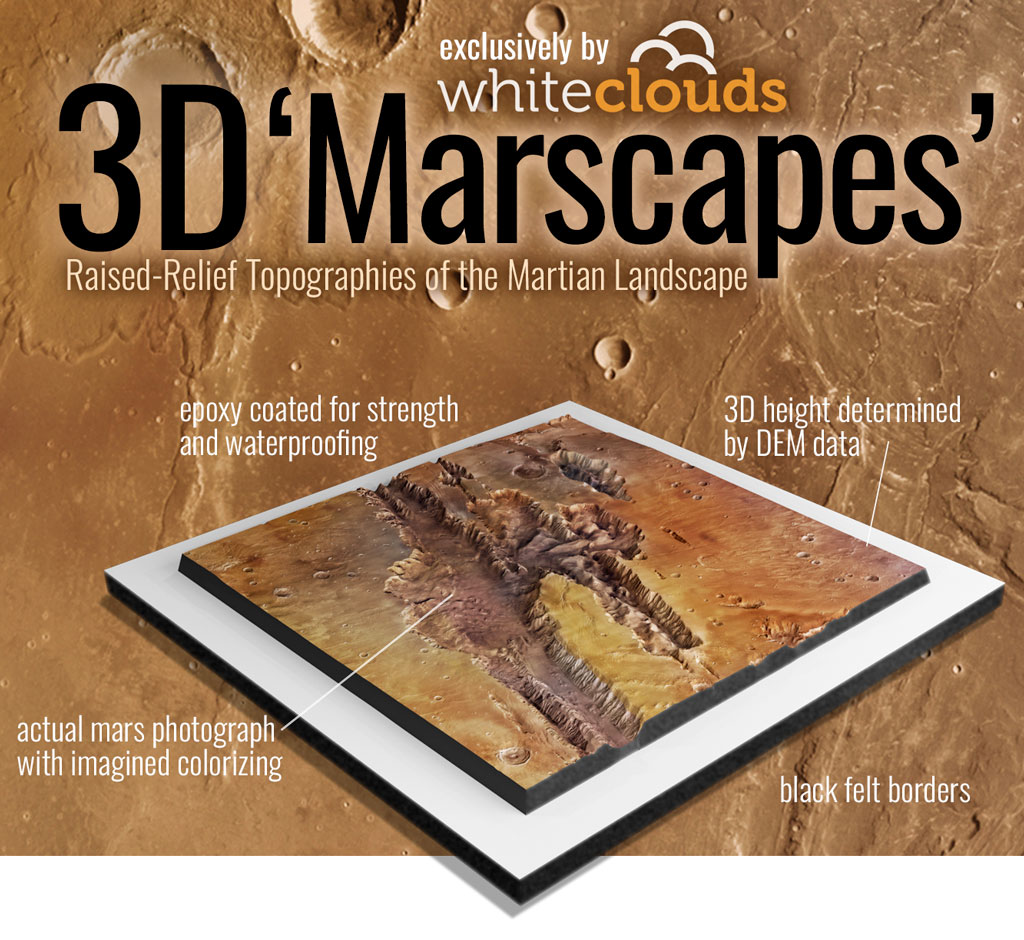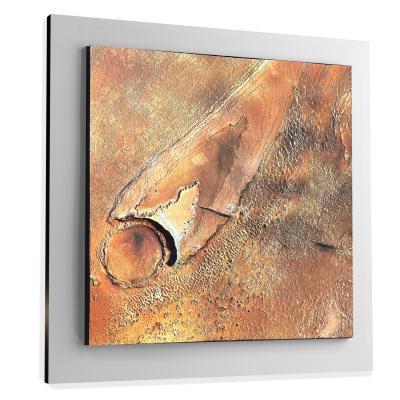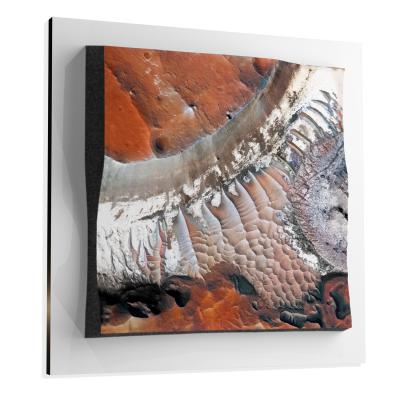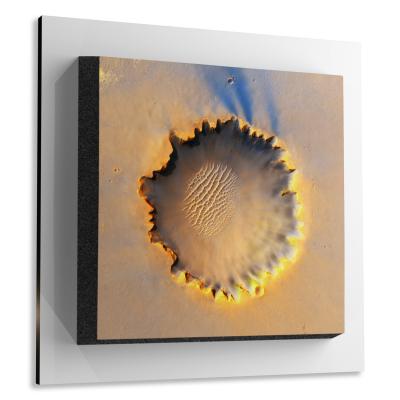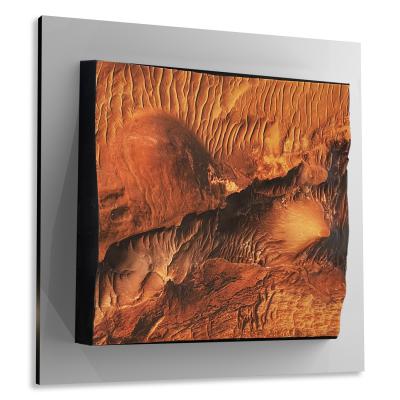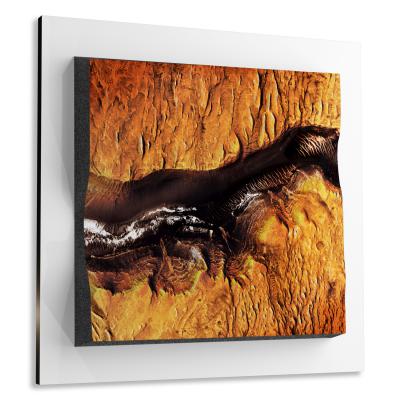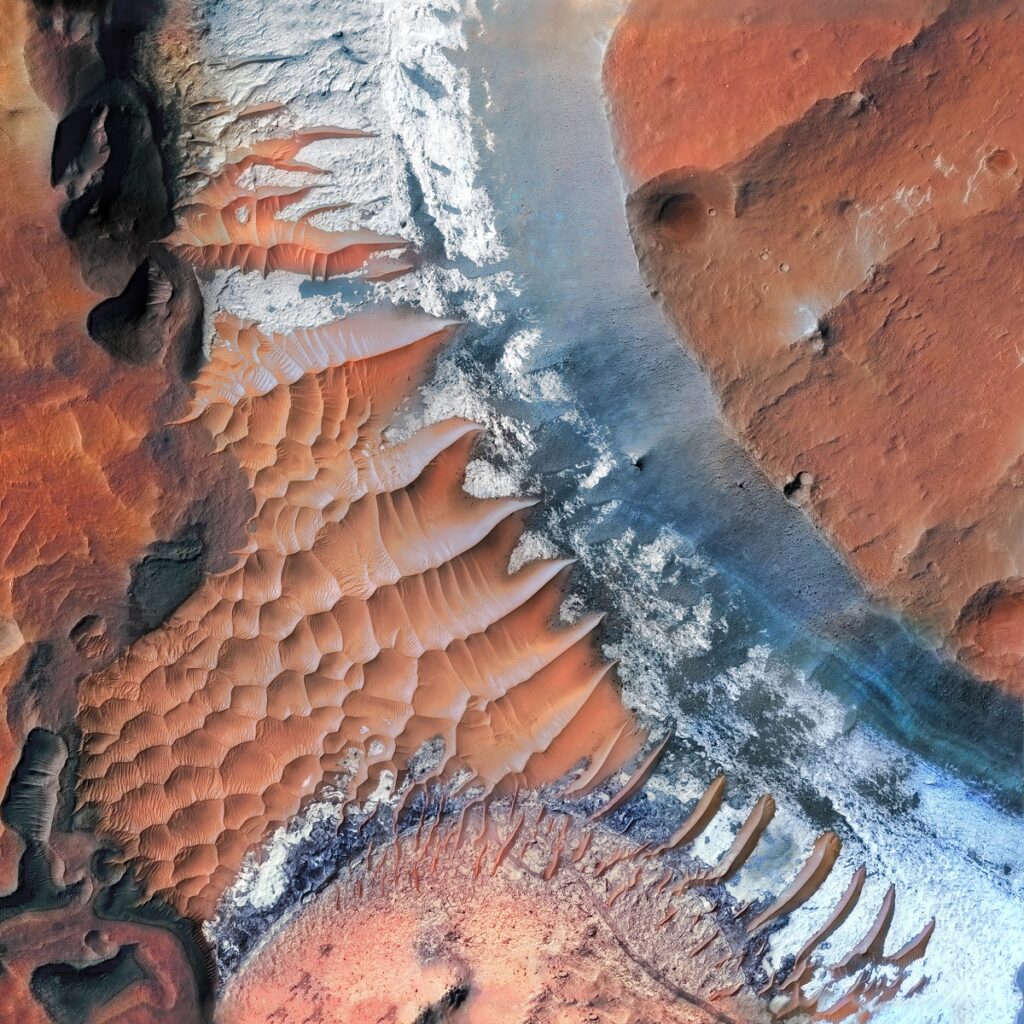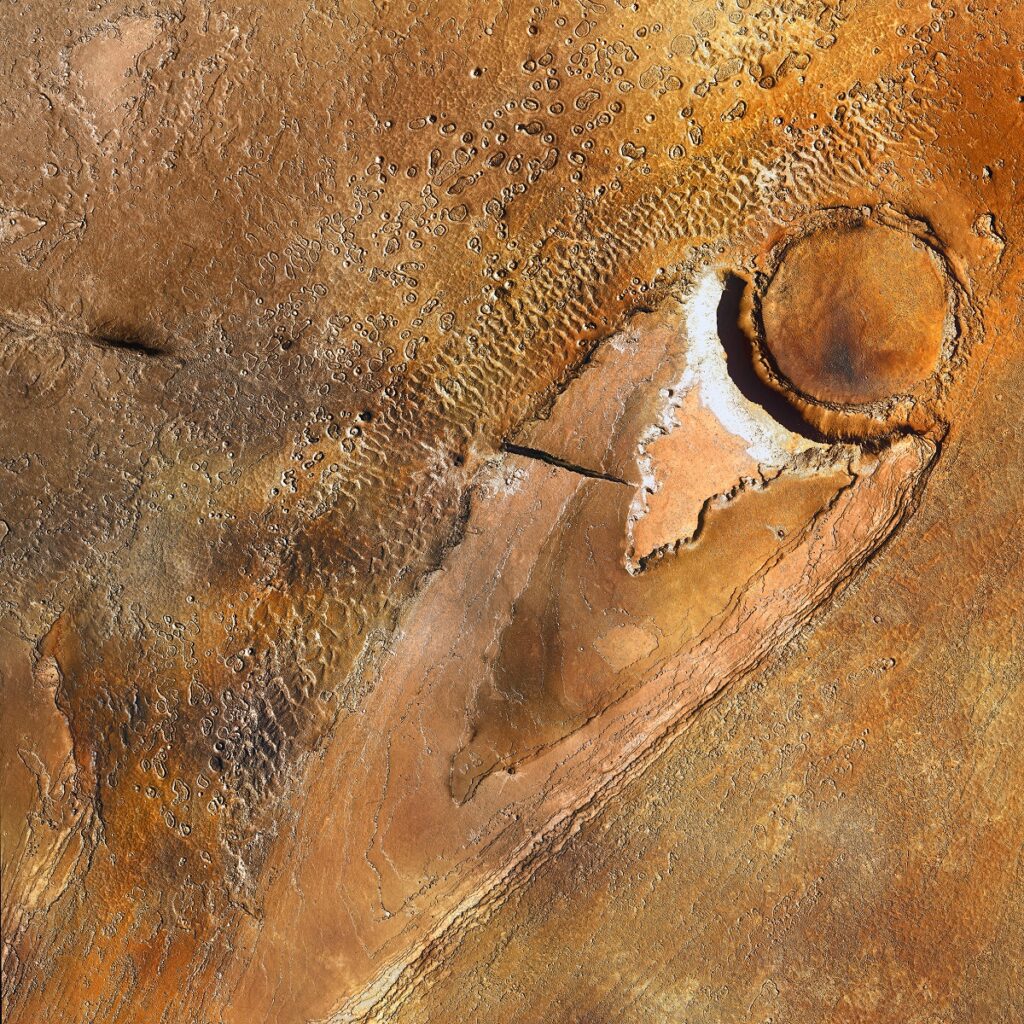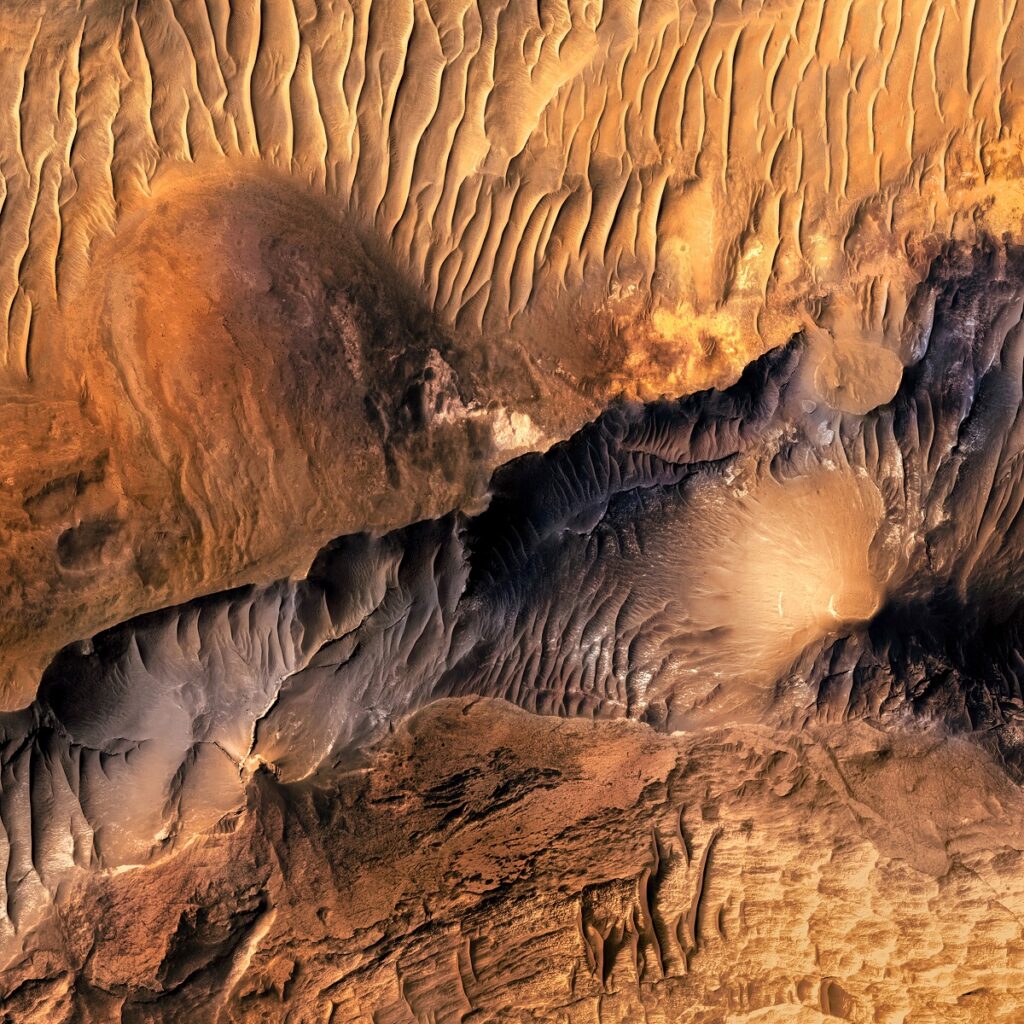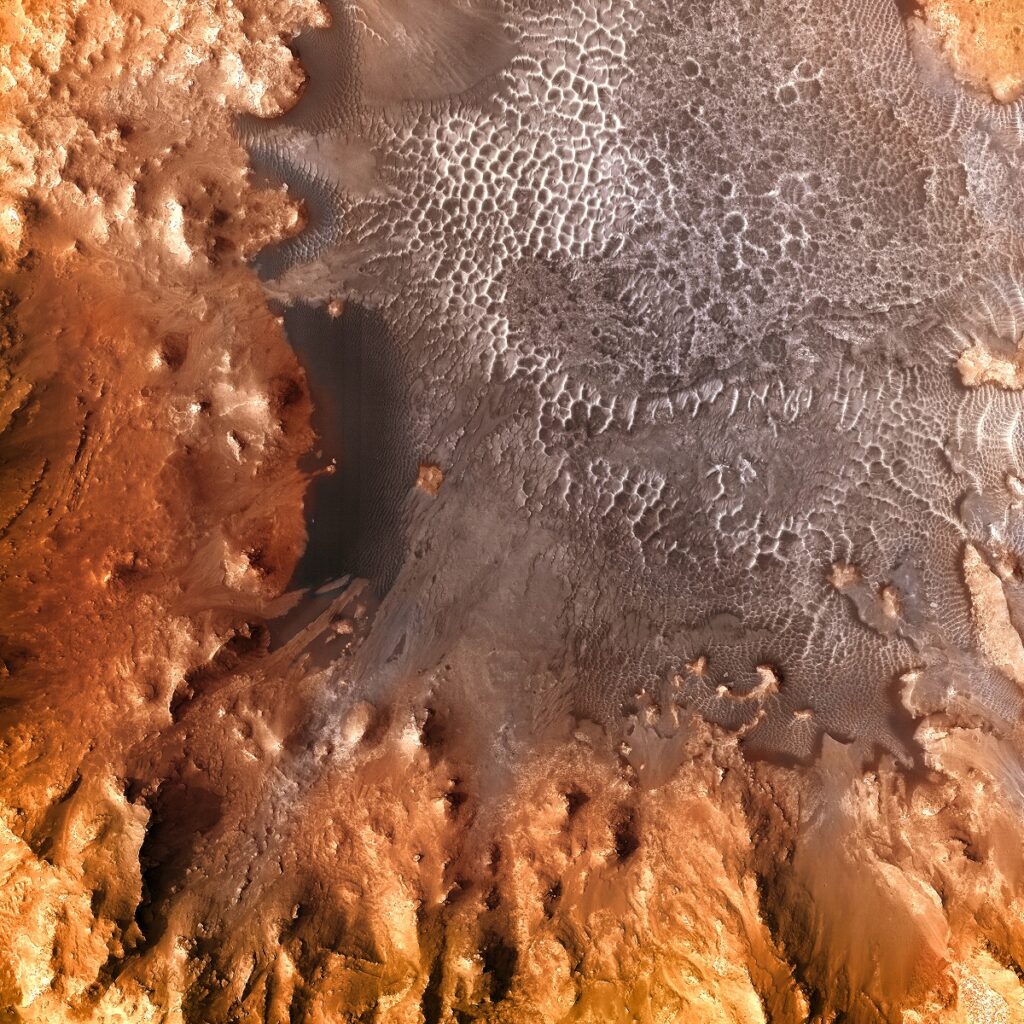Melas Chasma
Melas Chasma
We Build Custom 8K Mars Canvas Prints of Melas Chasma
Did you know we make
custom
8K Mars Canvas Prints
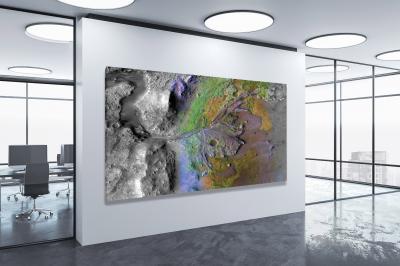
and
3D Marscapes
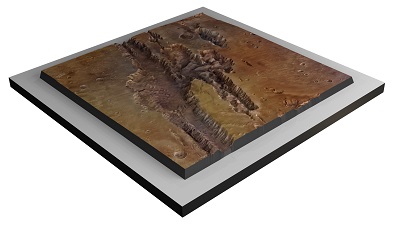
Melas Chasma
Melas Chasma is one of the most iconic and scientifically interesting features on the surface of Mars. It forms part of the Valles Marineris canyon system, which is one of the largest and most dramatic canyon systems in the entire solar system. Its complex geological features and the significant discoveries associated with it make Melas Chasma a focal point for planetary science research.
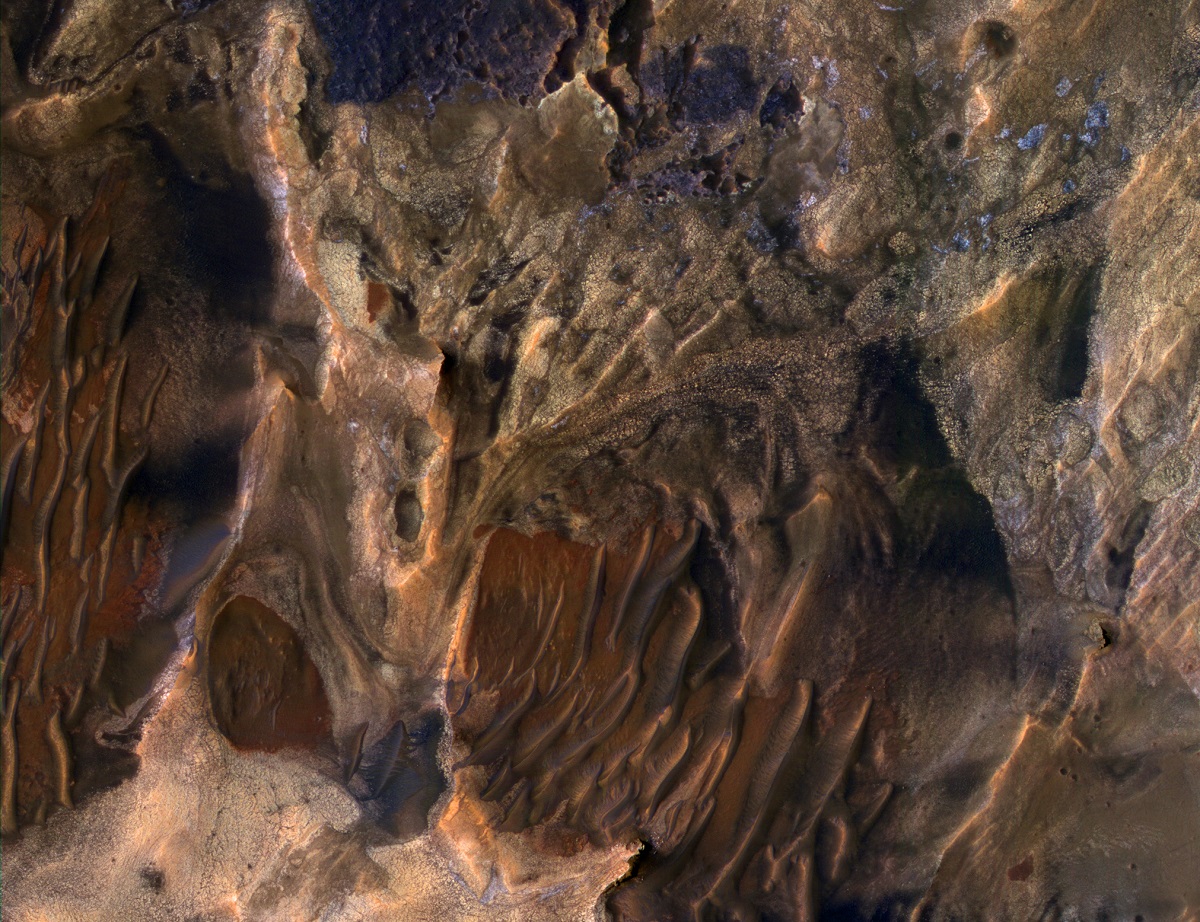 Diverse Deposits in Melas Chasma
Diverse Deposits in Melas Chasma
Geographical Location
Melas Chasma is not just a mere feature on Mars; it is a geographical marvel situated almost precisely along the Martian equator. Its specific geographic coordinates are situated within a latitude range of approximately 8°S to 12°S and a longitude range of 280°E to 295°E. As a crucial and wide component of the Valles Marineris canyon system, Melas Chasma stretches impressively over an area roughly 650 kilometers long and expands up to 100 kilometers in certain places. This makes it one of the most significant geomorphological structures not only on Mars but also within the entire solar system. In terms of its immediate spatial context, Melas Chasma is flanked by other major components of the Valles Marineris, specifically Candor Chasma to the north and Ius Chasma to the south. This central location provides an invaluable vantage point for scientists aiming to study the tectonic, sedimentary, and potentially even climatic phenomena that have shaped Mars. Classified under the Coprates quadrangle, this chasm is enormous enough to be seen as an equivalent to Earth’s Grand Canyon, yet it dwarfs it in terms of both length and depth.
Advertisement
Sample Marscapes
Geological Composition
The geological composition of Melas Chasma is a rich tapestry that tells the story of Mars’ tumultuous geological and potentially hydrological past. Spectroscopic data acquired from various missions have revealed a cornucopia of mineral types within this chasm. These include, but are not limited to, sulfates, clays, and various forms of iron oxides. These minerals are not mere inanimate substances; they are geological indicators that strongly point to historical water-rock interactions and potentially even to ancient hydrothermal systems that may have existed within the chasm. The walls of Melas Chasma are in themselves a geologist’s dream; they display a spectacular sequence of stratified layers. These layers contain alternating sequences of sedimentary deposits and what are interpreted to be volcanic layers. This suggests that the chasm has been witness to repetitive cycles of flooding, sediment accumulation, and even volcanic activities. In some locales, the layered deposits have been found to be as thick as 4 kilometers, indicating an extensive, long-lasting series of geological processes.
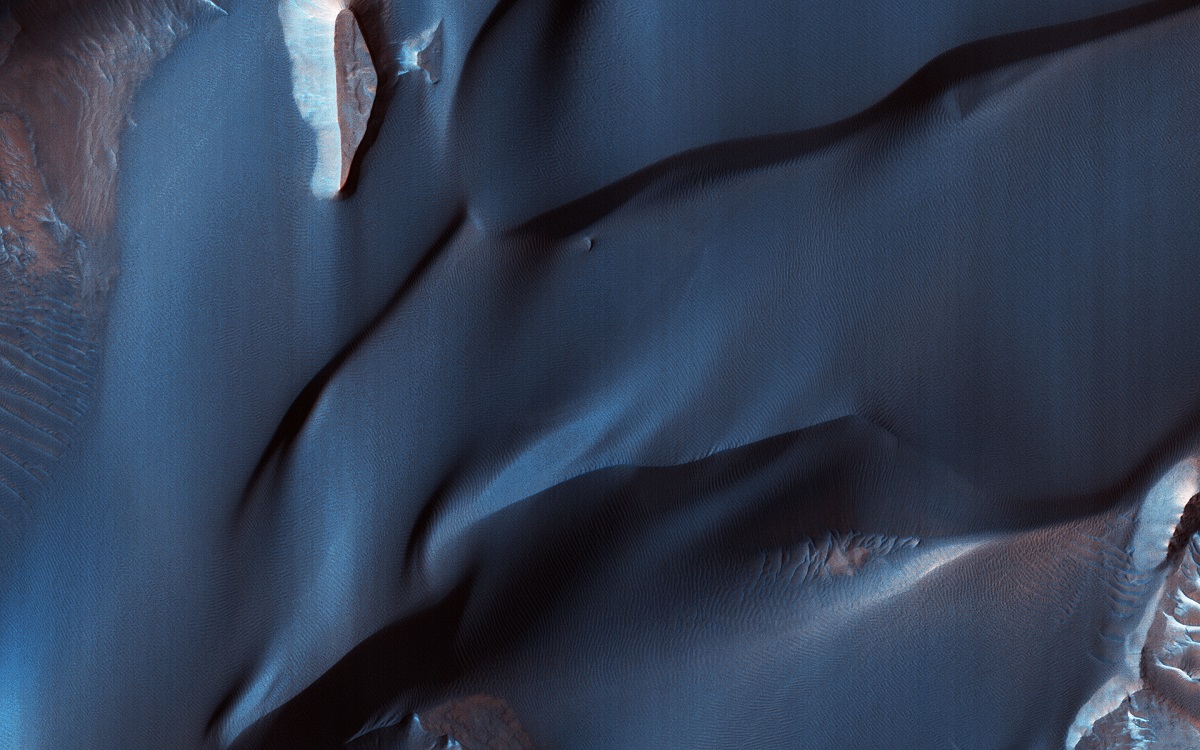 The Velvety Blue Dunes of Melas Chasma
The Velvety Blue Dunes of Melas Chasma
Significant Discoveries
Evidence of Water Activity
Perhaps one of the most groundbreaking discoveries pertaining to Melas Chasma is the unambiguous evidence pointing toward ancient water activity. The presence of features such as deltaic deposits and layers abundant in hydrated minerals provides strong support for theories suggesting that Mars was once home to a wetter environment, complete with flowing water and standing lakes or seas.
Possible Landslides
The chasm is not only a testament to aqueous processes but also to dynamic geological activities like landslides. Observations of massive debris aprons at the base of steep slopes and terraced walls within the chasm indicate that the region has experienced significant landslides, possibly induced by tectonic shifts or even lubrication from sub-surface fluids.
Exposed Mineral Deposits
Another remarkable finding is the unusually high concentrations of sulfates and chlorides within Melas Chasma. These minerals are particularly intriguing because of their implications for the chasm’s past geochemical environment and the potential habitability of this Martian region. The high concentration of these elements could offer clues for understanding whether the chasm might have ever been conducive to microbial life.
Scientific Missions
When it comes to the exploration of Mars, Melas Chasma has been a focal point for several high-profile scientific missions. Notable among these are NASA’s Mars Reconnaissance Orbiter (MRO) and the European Space Agency’s Mars Express. The specialized instruments aboard these orbiters, such as the Compact Reconnaissance Imaging Spectrometer for Mars (CRISM) on MRO and the Observatoire pour la Minéralogie, l’Eau, les Glaces et l’Activité (OMEGA) on Mars Express, have delivered extraordinarily detailed mineralogical maps. Although no lander or rover missions have yet set wheels in Melas Chasma, the chasm’s rich geological and hydrological history makes it an enticing candidate for future exploration missions. Its features could be key to unlocking the secrets of Mars’ past, making it a front-runner in locations for future missions aimed at understanding the planet’s history, hydrology, and even the search for past life.
Geomorphological Features
Melas Chasma serves as a comprehensive field guide to Martian geomorphology. Its landscape is incredibly varied, featuring an extensive array of erosional and depositional forms. These include gullies, terraces, and large-scale landslides that give hints of dynamic geological processes. The chasm floor is particularly intriguing because it holds extensive deposits of sedimentary material, much of which appears to have been deposited in a lacustrine (lake-like) environment. In addition, the presence of alluvial fans and braided river channels tells a complex tale of sediment redistribution under varying flow regimes. One of the most captivating features are the interior layered deposits (ILDs), large mounds that are composed of numerous layers. The origin of these ILDs is still under debate, with theories ranging from sedimentary to volcanic to a combination of both. These morphological features make Melas Chasma a prime location for studying a variety of geological processes and their implications for Mars’ history.
Melas Chasma stands as one of the most intriguing and significant features on the Martian surface, offering an invaluable window into the planet’s geological and potential hydrological past. Its complex geological composition, the significant discoveries it has yielded, and its importance as a target for ongoing and future missions make it a cornerstone in our understanding of Mars. The chasm’s diverse geomorphological features also make it a perfect subject for studying erosional processes and sedimentary mechanisms, thereby enriching our understanding of planetary geology.
More About Mars
Contact us today to learn more about our 3D services and how we can help you achieve your goals.
